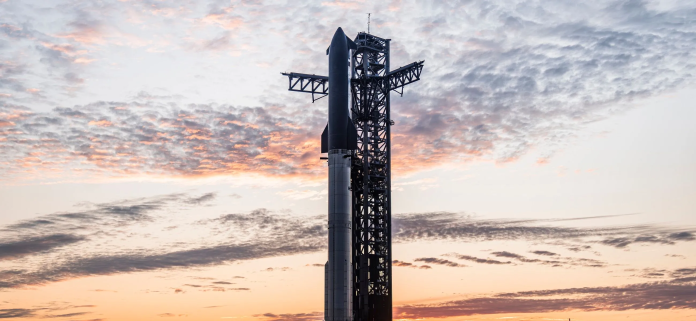A SpaceX Starship rocket broke apart in space minutes after launching from Texas, forcing airlines over the Gulf of Mexico to change course to avoid falling debris, according to Reuters.
SpaceX’s mission control centre lost contact with the newly upgraded Starship, carrying the first test payload of mock-up satellites but without a crew, eight minutes after liftoff from rocket facilities in South Texas at 5:38 p.m. EST (22:38 GMT). Communications Manager Dan Huot confirmed minutes later that the ship was lost.
We did lose all communications with the ship – that is essentially telling us we had an anomaly with the upper stage.
The last time Starship’s upper stage failed was last March when it re-entered Earth’s atmosphere over the Indian Ocean. However, SpaceX’s mishap has rarely caused widespread disruptions to air traffic.
Dozens of commercial flights have been diverted to other airports or changed course to avoid potential debris, according to flight tracking website FlightRadar24. The incident forced airports in Miami and Fort Lauderdale, Florida, to delay flights for nearly an hour.
The Federal Aviation Administration (FAA), which regulates private launches, said it briefly slowed and diverted aircraft in the area of the space debris impact. The FAA routinely closes airspace to space launches and re-entries.
The administration can also create a “debris response area” to prevent aircraft from entering if a spacecraft experiences an anomaly outside the originally closed area.
SpaceX CEO Elon Musk said a preliminary failure assessment showed an internal leak of liquid oxygen fuel that created pressure and led to the rocket’s failure.
The mishap comes a day after Blue Origin, the space company of billionaire Amazon founder Jeff Bezos, successfully launched its giant New Glenn rocket into orbit for the first time.
The mishap threatens to derail Musk’s goal of launching at least 12 Starship tests this year, depending on how quickly SpaceX can implement fixes and whether the FAA launches an investigation into the incident.
Thursday’s mission was SpaceX’s seventh Starship test since 2023 as part of Musk’s multibillion-dollar effort to build a rocket capable of taking people and cargo to Mars, as well as launching large batches of satellites into Earth’s orbit.
